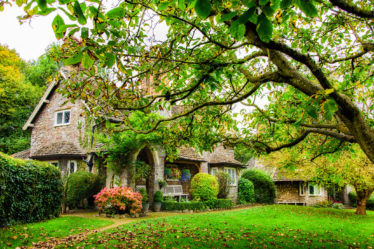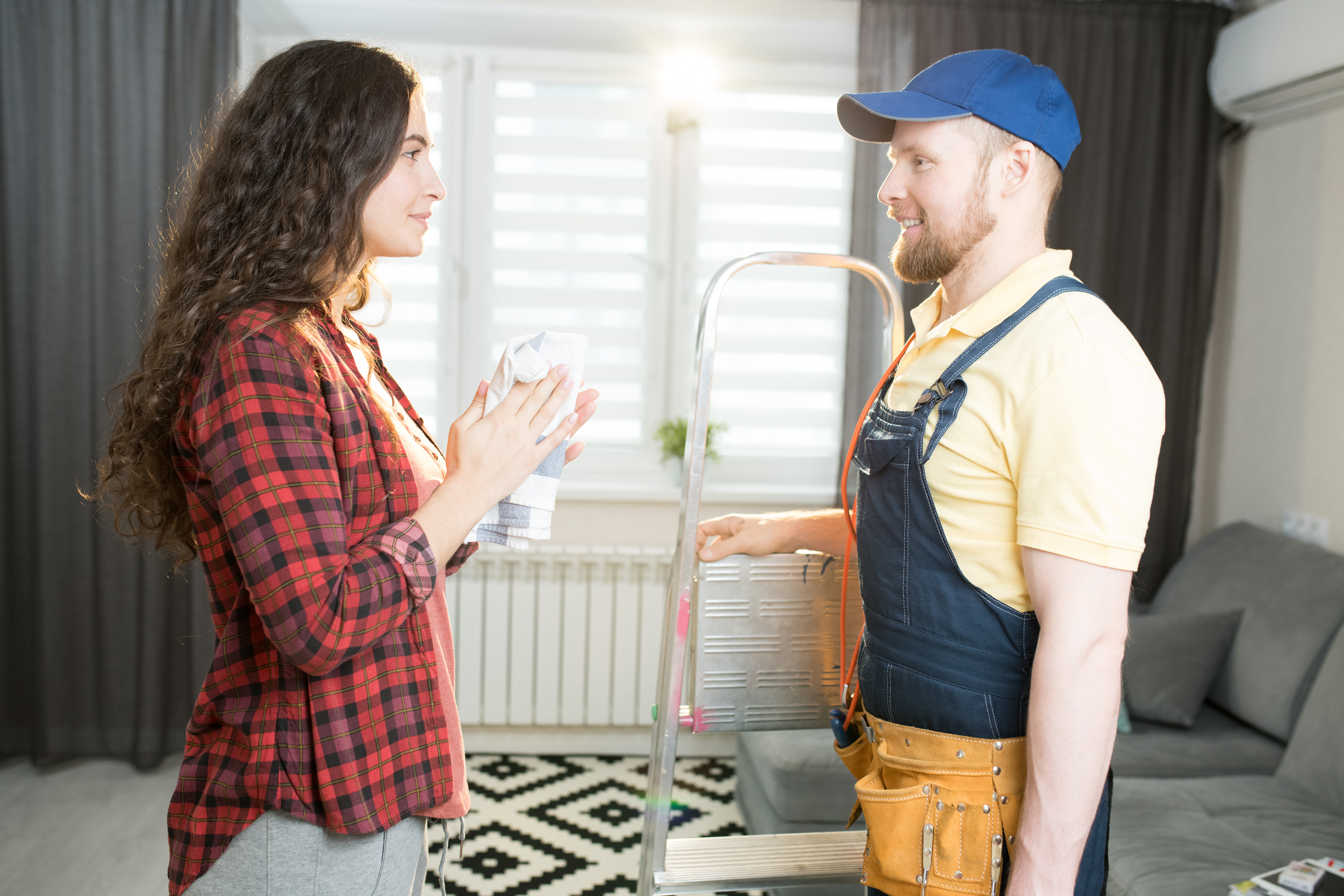
Safety First: Why Cable Railing Systems Are a Secure Option for Your Home
Regarding home safety, your choices in design and materials are paramount. Cable railing systems offer a blend of aesthetic appeal and uncompromising safety, making them an increasingly popular option for homeowners. These systems provide a modern look while ensuring secure decks, stairs, and balconies. Below, we explore the advantages and considerations of choosing cable railings for your living space.
Durability of Cable Railing Systems
The material used to craft any cable railing system is at the core of its durability. Stainless steel, the most common material for these systems, boasts a remarkable ability to withstand the elements, rust resistance, and outstanding longevity. These traits are essential for outdoor applications where weather conditions can be unpredictable and harsh.
Another component is the rigorous manufacturing process, which often includes protective finishes and precise engineering to ensure each section can handle high tension. This quality assurance means fewer concerns about the wear and tear that typically plagues less robust railing options.
Maintenance also plays a role in the endurance of cable railings. Unlike traditional wood balusters that may need frequent staining or repair, cable railings require minimal upkeep. A periodic inspection and tension adjustment will keep them in optimal condition for many years.
Assessing the Safety Benefits of Cable Railings for Homes

Homeowners’ safety is a top concern, particularly in houses with young children or seniors. Cable railings are designed with minimal gaps between cables, preventing small objects, animals, or children from slipping through.
Falls from height are a significant risk, especially on elevated decks or balconies, but cable railings offer robust protection. Their tensile strength allows them to act as a sturdy barrier without compromising the view, a feature that solid railings cannot match.
Moreover, cable railings can provide safety without feeling intrusive or cumbersome. The cables’ slim profile and the right frame offer an unobstructed line of sight, giving a sense of openness while still serving as dependable fall prevention.
How Cable Railings Compare to Traditional Railing Systems
Cable railings stand out for their sleek and contemporary aesthetic when viewed alongside traditional railing systems. They offer a visual lightness that is difficult to achieve with bulkier materials like wood or wrought iron. This modern look can complement architectural styles, from classic to contemporary homes.
Cable rail systems often surpass alternatives in terms of strength. The high-quality stainless steel cables are specifically engineered to withstand pressure, reducing the likelihood of buckling or snapping under impact.
The installation presents another difference—cable railing systems typically require less labor and time than traditional railings. The simplicity in design translates to a straightforward installation process, which can be particularly beneficial for DIY projects.
Complying With Safety Codes and Standards
Compliance with local building codes and standards is a prime consideration for those contemplating the installation of cable railing systems. These regulations dictate specifics, such as the acceptable spacing between cables and the minimum height of the handrails, to ensure safety.
It is essential to select products from reputable suppliers who design their systems according to these standards. Such products are crafted to meet or exceed safety requirements, giving homeowners peace of mind.
Many suppliers offer guidance and certification details to help navigate the maze of building codes. Having installations overseen or reviewed by a well-versed professional in these regulations is also advisable.
Tips for Ensuring the Longevity of Your Cable Railing System

Regular maintenance is critical to maximizing the lifespan of your cable railing system. This doesn’t have to be burdensome; a simple cleaning with mild soap and water to remove debris and prevent corrosion is usually sufficient.
Monitoring tension is another critical aspect. Cables may stretch slightly over time, so inspecting and adjusting the tension to prevent sagging will preserve both the function and the form of your railing.
Overall, integrating cable railing systems into your home’s design offers a blend of sleek aesthetics and reliable safety that traditional railings cannot easily match. With informed choices and proper care, these systems can provide years of protection and style to any property.



